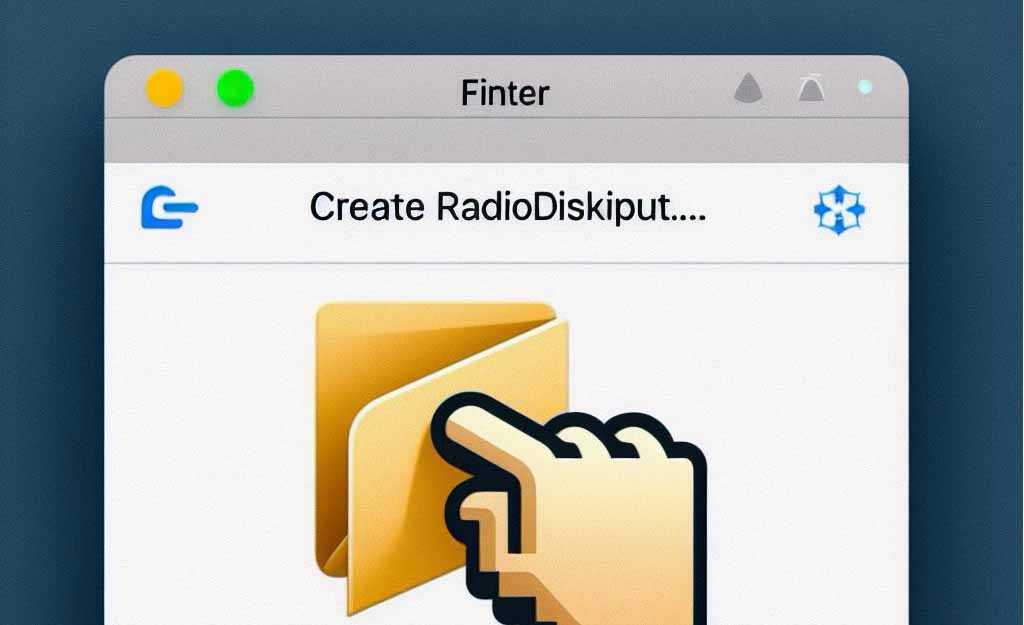Mac users are worried about RadioDiskInput, a malicious software that redirects users to unreliable websites.
Additionally, RadioDiskInput will cause the browser to open up new tabs with frauds promoting tech help, phoney software upgrades, and software sales campaigns.
It is still a danger to macOS devices and is a member of the Adload adware family. You should uninstall this program immediately and run a thorough system check on your Mac with reliable security software to keep it secure.
RadioDiskInput was developed by cybercriminals, who have been modifying it frequently to extend its reach and durability.
This malware’s main objective is to generate revenue through advertising, and once it infects a person, it frequently presents them with phishing websites, harmful links, and online fraud.
How RadioDiskInput Malware Infects Your Mac PC
There are two main ways that adload versions are spread.
- The most common method used to distribute ad load versions is the use of false Flash Player updates.
- The goal of operators’ counterfeit websites is to fool users into downloading a fake version of Flash Player by making them look a lot like real Adobe web pages.
- The other way is it spreads through software cracks and pirated software installers.
How to Remove RadioDiskInput Malware from Your Apple Mac OS X
Although RadioDiskInput isn’t a particularly sophisticated piece of malware, Mac users are nevertheless very much in danger from it.
It has repeatedly outperformed Apple’s security upgrades and demonstrated its ability to circumvent Mac systems’ defences through persistent techniques.
As such, if it is not effectively deleted, it can keep running in the system’s background for protracted periods.
Users can eliminate malware faster by using third-party protection programs like Malwarebytes or SpyHunter 5.
Because the virus tends to create several files when it infects a computer, manual removal can be challenging and requires extensive technical abilities.
If you miss even one file in the process, the infection can reappear.
However, if you choose to remove the spyware manually, proceed with caution when interacting with browsers.
It’s essential to clear browser caches and other stuff for enhanced privacy.
Automatic Removal Guide:
As you are already aware, RadioDiskInput Adware is a well-known and crafty piece of malware that may be readily removed by hand for any user.
Through files, shortcuts, or settings that it has already established on your computer, this virus can re-enter the infected machine.
The only method to eradicate this infection and prevent it from ever entering your system again is to remove all of those at once.
Thus, to effectively remove RadioDiskInput Adware and save time and effort, use a strong Automatic Removal Tool.
1. Scan the Mac Computer with Combo Cleaner:
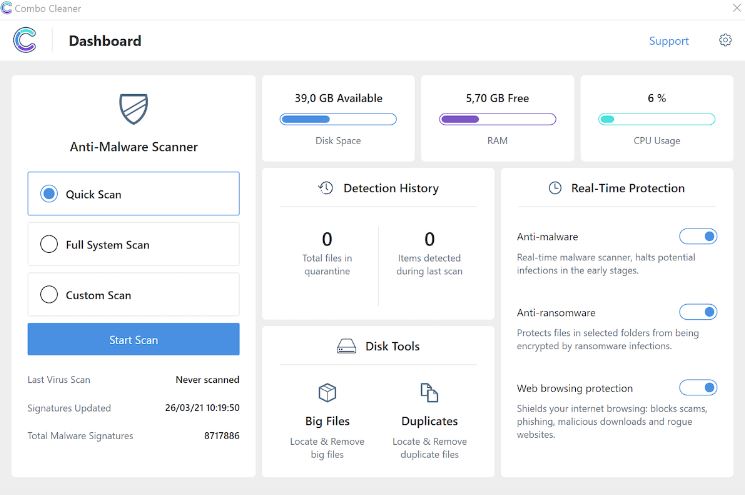
Combo Cleaner is a well-liked Mac utility program that provides extensive antivirus and optimization features.
It is quite helpful in the efficient removal of malware, adware, and potentially unwanted programs.
To utilize all of its premium features, you should think about purchasing the complete version.
- Download Combo Cleaner
- To begin the installation process, click the downloaded file.
- Drag and drop the Combo Cleaner icon into the Applications folder icon in the window that appears.
- Click the Combo Cleaner icon after opening Launchpad.
- Hold off until the most recent virus definition updates are downloaded by your antivirus software.
- After that, select “Start Combo Scan” to begin the RadioDiskInput removal process.
2. SpyHunter for Mac:
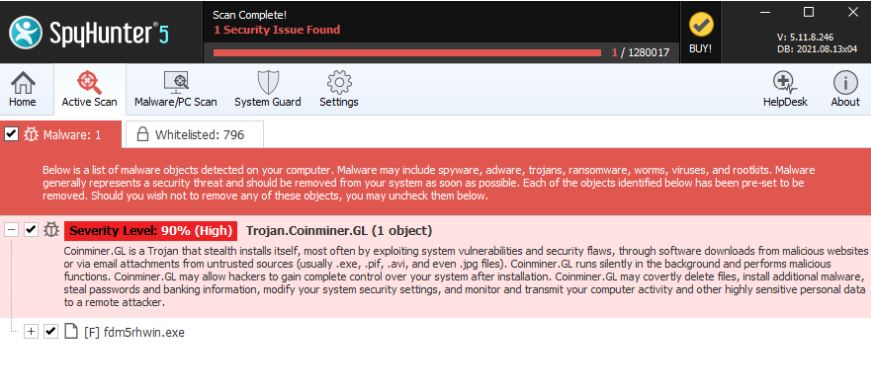
You can reliably protect your Mac and take advantage of its lightning-fast and flawless performance at all times with SpyHunter for Mac.
This application successfully identifies all hidden dangers, including Trojan horses, ransomware, worms, spyware, rootkits, and more.
It is an extremely dependable and potent anti-malware tool. It guarantees the security of your system and keeps it operating at peak efficiency with its cutting-edge features and effective Mac optimization capabilities.
- Download SpyHunter for Mac
- Install SpyHunter for Mac Anti-Malware by going to the Download Folder from the Documents when the download is complete.
- Launch the program when the application has been installed, then select the Start Scan Now option.
- Immediately, the software will begin a thorough scan of your Mac to check for threats, malware, viruses, dangerous apps, and other issues.
- When the malware has finally been identified on your Mac, a list of it will appear. Click Next to begin the removal procedure.
3. Scan with Malwarebytes:
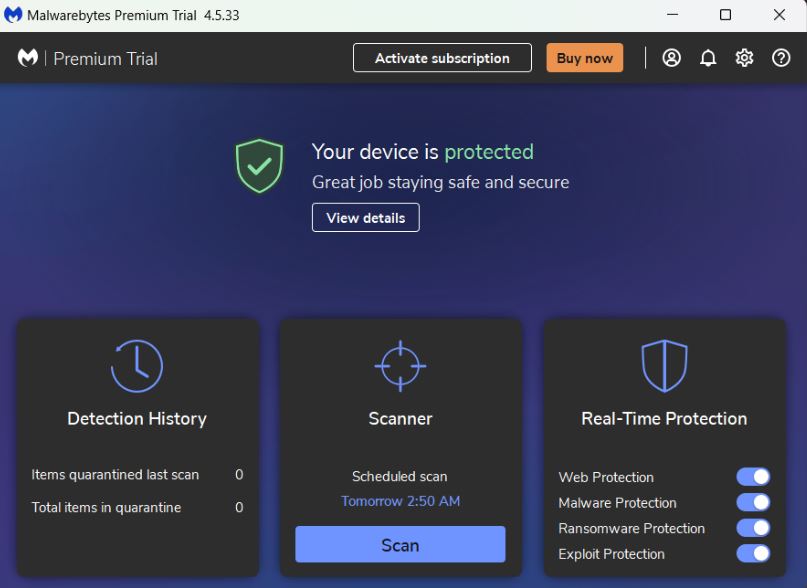
We advise scanning your Mac computer for potentially unwanted apps, browser hijackers, and adware with Malwarebytes Anti-Malware. Malwarebytes Lab developed this sophisticated harmful malware removal application, which is available for free.
This software takes advantage of the most widely used anti-malware technologies available.
It can assist you in eliminating possibly undesirable applications and other security risks from your Mac at no cost.
- It is easy to install. Initially, you must download Malwarebytes from the official site.
- Shut down all of your Mac OS windows and programs when the download is finished.
- Once saved, open the folder containing it. Launch the downloaded file and adhere to the instructions.
- To search for the RadioDiskInput on your computer, click the “Scan” button. Please be patient as this task may take some time to complete.
- You can view a list of items that Malwarebytes has recognized as harmful as it scans.
- After viewing the report, select “Quarantine.”
Manual Removal Guide
1. Stop Malicious Programs from Activity Monitor:
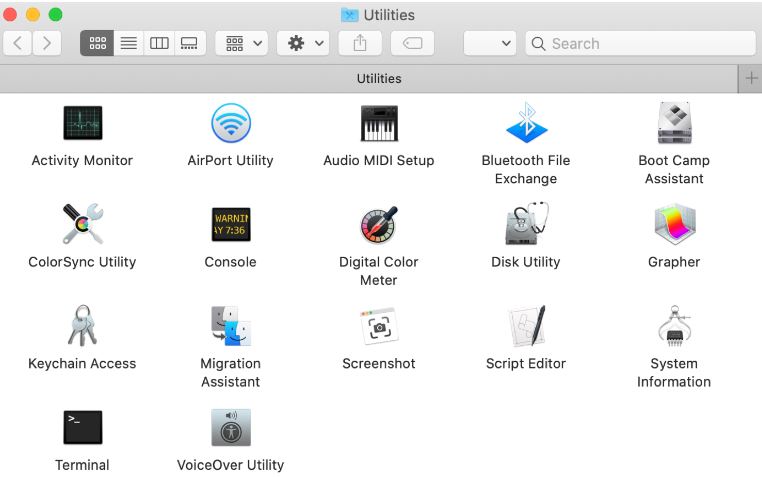
- On your Mac, you must first enter the Utilities folder.
- To open the Activity Monitor, locate its icon and double-click on it.
- Locate the process associated with the RadioDiskInput Adware, then click the cross button in the top left corner to close it.
- Press the Force Quit button to bring up a dialogue box on the screen.
2. Remove Virus from Application Folder:
- To use the Finder App, first select the Dock option at the bottom of your screen.
- To view all of the apps at this point, you must access the Applications Folders.
- Locate and delete RadioDiskInput Adware and any other unwanted software.
3. Remove Virus Related Files from the Mac:
Any software that you install on your Mac generates some files on your system to facilitate the operation of that program.
You must entirely erase all linked files from your Mac to eradicate any viruses. You can find these files at:
- LaunchAgents
- Application Support
- LaunchDaemons
To delete files linked to viruses, apply the following actions:
- Press the Command, Shift, and G keys together on your keyboard.
- The Go-To Folder option is now visible on your Mac’s screen.
- Click the Go button after entering /Library/LaunchAgents in the text field.
- Locate and eliminate any harmful or RadioDiskInput Adware-related files.
- Proceed in the same manner with the LaunchDaemons and Application Support folders now.
4. Remove Infection from Your Browser:
Malicious browser extensions are frequently installed by threats like RadioDiskInput Adware, which also alters the browser’s settings in an unauthorized way.
This may result in your browser being forced to reroute itself, as well as several obtrusive pop-up advertisements and advertisements.
To stop these things from happening and stop malware from growing back on your system, you will need to remove the infection from your browser.
Apple Safari:
- On your Mac, open the Safari browser. Then, click the Safari menu and choose Preferences from the drop-down menu.
- Click the Extensions tab to get a list of all installed extensions on your browser.
- To uninstall the extension, locate the one that is linked to a virus and click the Uninstall button twice.
Google Chrome:
- To access the Menu, select the Menu option located in the upper right corner of the Google Chrome browser on your Mac.
- The Chrome drop-down menu will appear.
- Click More Tools and choose Extensions to view all of the installed extensions on your Chrome browser.
- Locate any questionable or virus-related extensions, and then click the trash can button to get rid of them entirely.
Mozilla Firefox:
- On your Mac, open the Mozilla Firefox browser and select the Menu option located in the upper right corner of the window.
- Instantly, a drop-down menu will appear; select the Add-ons option.
- To view all of the installed extensions on your browser, choose the Extensions tab located on the left sidebar.
- To remove any potentially undesirable or suspicious extensions right away, look for them and click the Remove option.
5. Reset Browser Setting to Default:
It may be a good idea to restore your browser to its original settings after removing the malicious extensions to undo any modifications they may have done.
Reset Safari to Default:
- To reset your Safari browser, open it, press the Safari menu, and choose Reset Safari.
- After checking every box, click the Reset button to complete the process.
Reset Google Chrome Web Browser:
- Launch Google Chrome, and pick the settings option by clicking on the Menu option.
- Navigate to the bottom of the Settings page and select the Show Advanced settings option.
- Click on Restore settings to their original defaults from the Reset and Cleanup menu.
- To finally reset your Chrome browser, click the Reset Settings option.
Refresh the Mozilla Firefox Browser:
- Launch the Mozilla Firefox web browser, and then click the Menu option.
- From the drop-down box, select the Troubleshooting Information option.
- Next, choose Refresh Firefox and provide confirmation.
Hopefully, after adjusting these settings, your issue will be resolved.
If not, you may always download the Mac Anti-Virus Program, which is described in this article, to automatically remove any viruses and threats.
Concluding All
After following the systematic instructions to remove the RadioDiskInput adware, you can ensure that the browsers will no longer show any unwanted ads.
To effectively combat cyber threats, it is recommended to acquire robust anti-malware or anti-virus software.
Free versions may not provide optimal protection, and using cracked security programs can potentially cause more harm than good.
It is crucial to keep your Mac firewall active at all times and regularly update your operating system, as well as other essential programs.
It is advisable to download updates exclusively from official sites or trusted sources.

It’s me Mosaab, the founder and leading author of MalwareYeti.com. Over the years, I have gained a lot of experience when it comes down to building or fixing computers. Throughout my journey, I’ve built gaming PCs, fixed irritating Windows errors, and removed sticky malware/viruses that have affected machines. You can learn more about me on our About us page.

